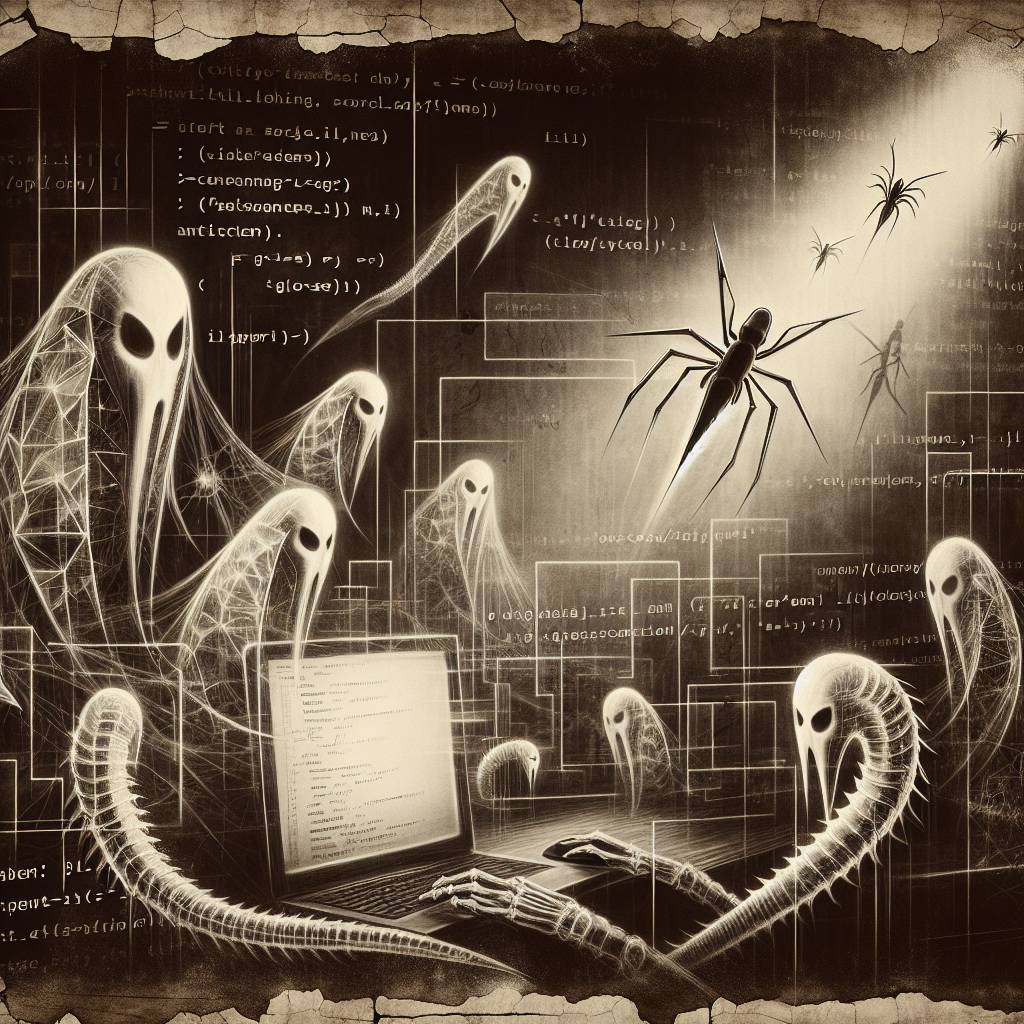Invisible Invaders: GlassWorm Malware Strikes Again in VS Code Ecosystem!
The GlassWorm campaign is back, now targeting the Visual Studio Code ecosystem. These sneaky threat actors use invisible Unicode characters to hide malware in extensions, causing chaos by pilfering credentials and cryptocurrency. Despite efforts to squash the worm, it wriggles back, proving more persistent than a toddler at bedtime.

Hot Take:
Looks like GlassWorm is less of a cuddly glass sculpture and more of a sneaky hacker worm that just won’t squirm away. This malware is the cyber equivalent of glitter—impossible to get rid of and seemingly everywhere. It’s got more lives than a cat and more tricks than a magician at a kids’ party. Keep your eyes peeled, folks, because it turns out the worm is back in action, and it’s not here to make friends!
Key Points:
- GlassWorm campaign targets VS Code ecosystem through malicious extensions.
- Uses invisible Unicode characters to hide malicious code, spreading like a worm.
- Open VSX removed malicious extensions, but the threat resurfaced using the same tricks.
- Blockchain C2 infrastructure makes it resilient, allowing quick reconfiguration.
- Suspected Russian-speaking threat actor uses an open-source C2 framework named RedExt.
Already a member? Log in here
